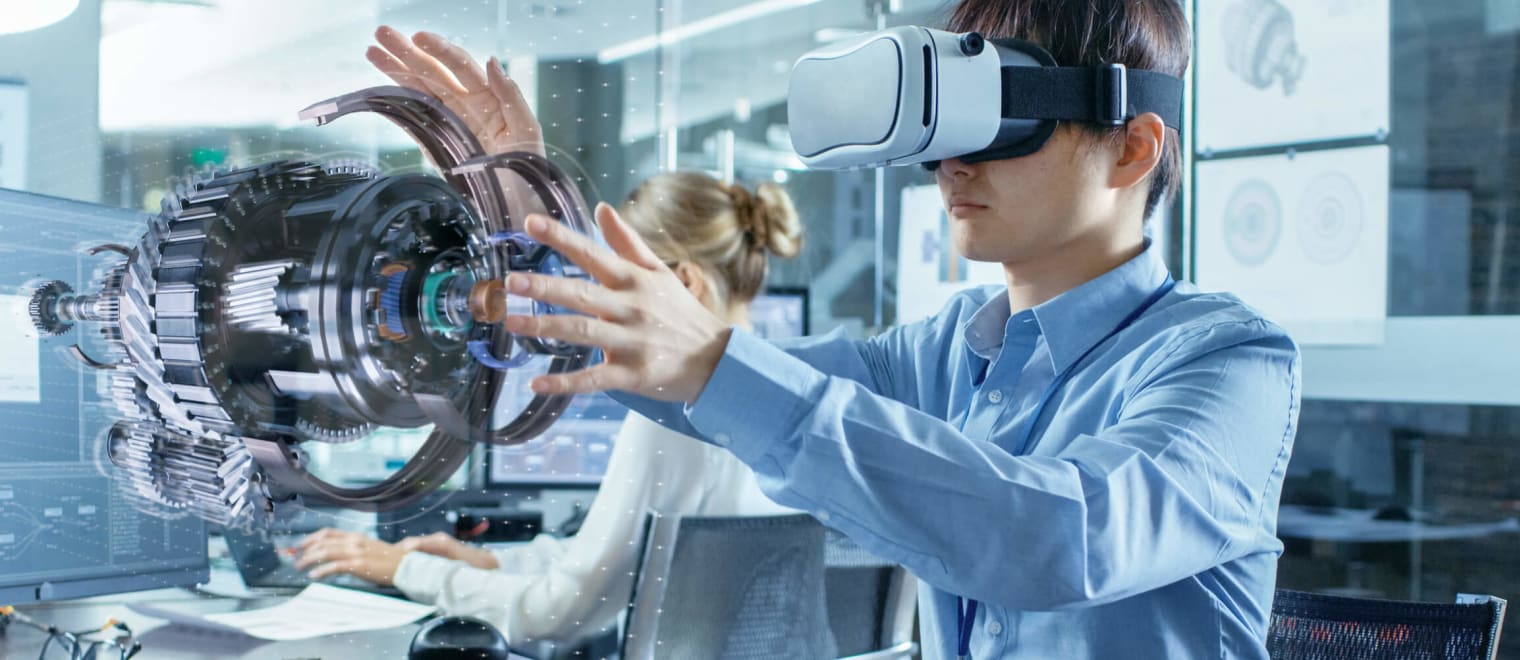This informal CPD article is Part III of the Gamified education training and the frameworks of AI, AR, VR and Blockchain provided by Vasilis Palilis director of WIDE Training Academy of the WIDE Services company.
In this article we explore how gamification can enrich a well-structured e-learning process by increasing learner engagement. We also explore the modern technology educational environments.
The article comprises 4 parts.
1. In the first part, "Well-structured e-learning process", we discuss the components of a well-structured e-learning process, and the added value of gamification for it.
2. In the second part, "About gamified education/training ", we scrutinize the "WHAT - WHY - HOW" of a gamified e-learning process.
3. In the third part, "Virtual & Augmented reality in gamified education/training", we explore the relationship between VR & AR educational environments and Gamification.
4. In the fourth part, "Artificial Intelligence in gamified education/training and educational topics that are (maybe) served in Blockchain applications", we search in depth the relationship of AI educational environments with Gamification and the educational applications in Blockchain networks.
Let’s embark upon the 3rd part.
Augmented Reality (AR)
Augmented reality (AR) is a complex combination of localization, visual simulation, and interaction technologies. It can create an immersive environment (i.e. a digital layer superimposed on the physical world, combining virtual and real information to enhance the real world).
Numerous augmented reality applications and games have already been developed for entertainment. Also, there are serious AR games that address real problems in education, military training, and even engineering.
Teachers use AR applications that enable students to add additional digital information in real locations using mobile phones. So, a field trip for example can be turned into a treasure hunt giving the students the opportunity to tour the past, explore the geology of the terrain, etc. Augmented reality can also visualize concepts or mathematical representations and models, for example, the model of our planetary system.
Augmented reality facilitates collaborative learning. Different groups of students can study different parts of a model, e.g., different planets, and share their findings with the whole class. Or in a different context, a problem-solving procedure can be defined.
As in gamification, Augmented Reality can complement existing educational materials by enhancing the experience stimulating student interest and engagement.
AR and gamification have common features and both can actively engage students in activities and provide them with experiences, motivation, interactivity, increasing cognitive and other outcomes. Of course, you, as the educator, will incorporate all that Augmented Reality and Gamification can offer to your students to achieve your goals.
Virtual Reality
Virtual reality (VR) is a simulated convincing, interactive world that can be or not related to the real world. Virtual reality systems use either virtual reality headsets or multi-projected environments to create images, sounds and other sensory stimuli that help the user to integrate and interact with the virtual environment. Using virtual reality equipment, the user experiences the artificial world, moves around in it and interacts with virtual features or objects. The impression is usually created by using a VR headset consisting of a head-mounted display with a small screen in front of the eyes, but it can also be created in specially designed spaces with multiple large screens. Virtual reality is usually based on visual and auditory feedback.
Virtual reality is a powerful learning tool. It has been used for several years, you have probably heard that professionals who have to complete training in high-risk tasks such as flying an aircraft and implementing surgeries, are training using VR. Also, companies use VR to train their employees in Soft Skills, Complex Processes, Emergencies. In academic education students enjoy Virtual Field Trips, Museum Experiences, Virtual Lab Environments etc.
Why are VR systems considered effective in education?
The main reason is that learners gain access to environments that are not possible in reality, for example the brain. Also, they are immersed in their functions, for example students can experience how it is to be inside a brain and help them understand what neurons do or other functions. And if behind this exploration there is a functional educational scenario of active learning, they have increased control over their learning, they are engaged in problem-solving processes, they practice logical reasoning, they follow learning paths that interest them and they collaborate with their peers, etc.
The second reason is that most of these systems operate on the principles of Game Based Learning (GBL). Most likely they include several of the elements of games (Rules, Goal, Point system, Mechanics, Feedback) that are also elements of Gamification. It is clear that Gamification is not a Serious Game, but this does not prevent us from adding Gamification elements to an educational process that includes GBL elements. For these you can have a look at the second part of the article "Part II- About gamified education/training".
We hope this article was helpful. For more information from WIDE Services, please visit their CPD Member Directory page. Alternatively please visit the CPD Industry Hubs for more CPD articles, courses and events relevant to your Continuing Professional Development requirements.













